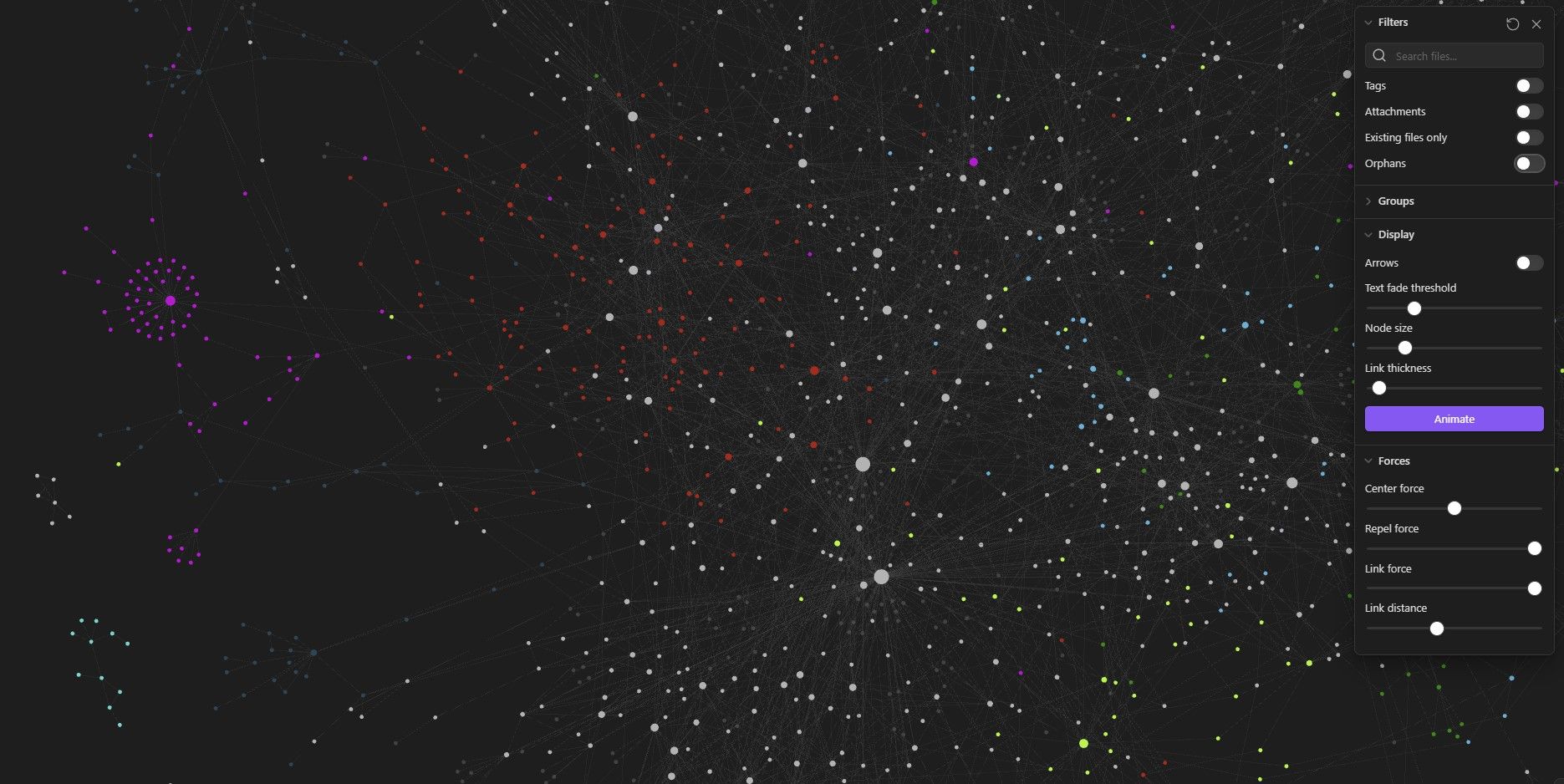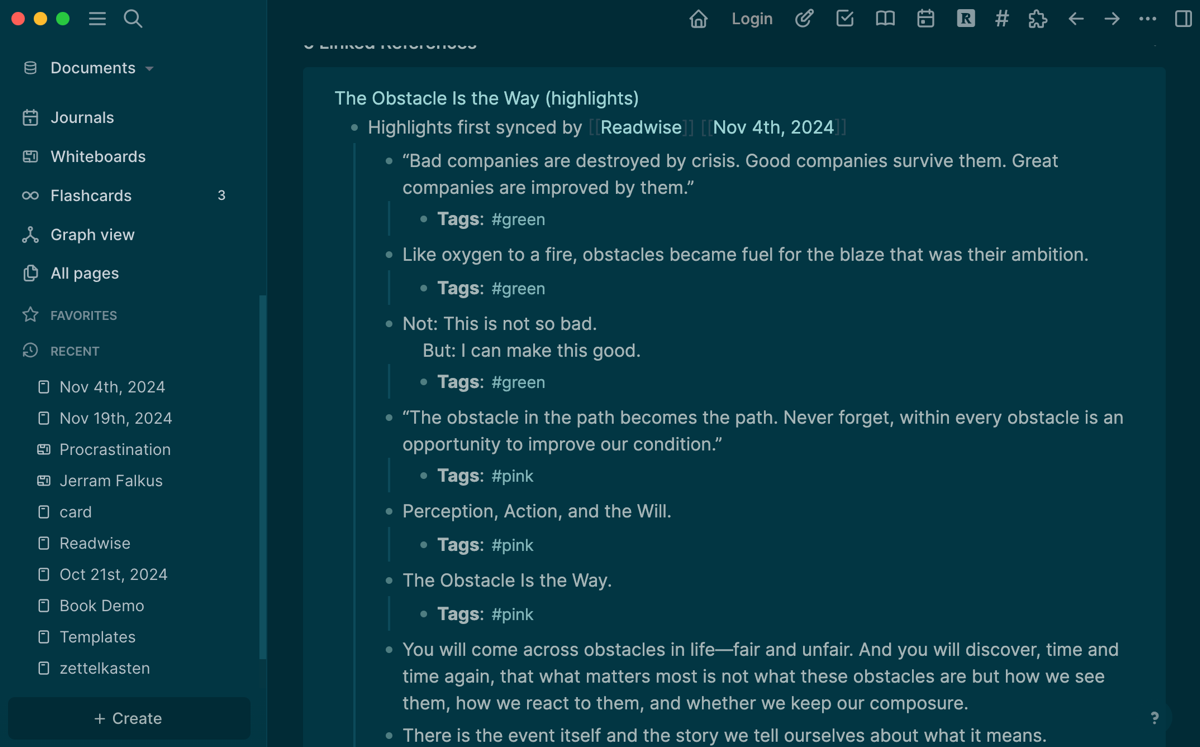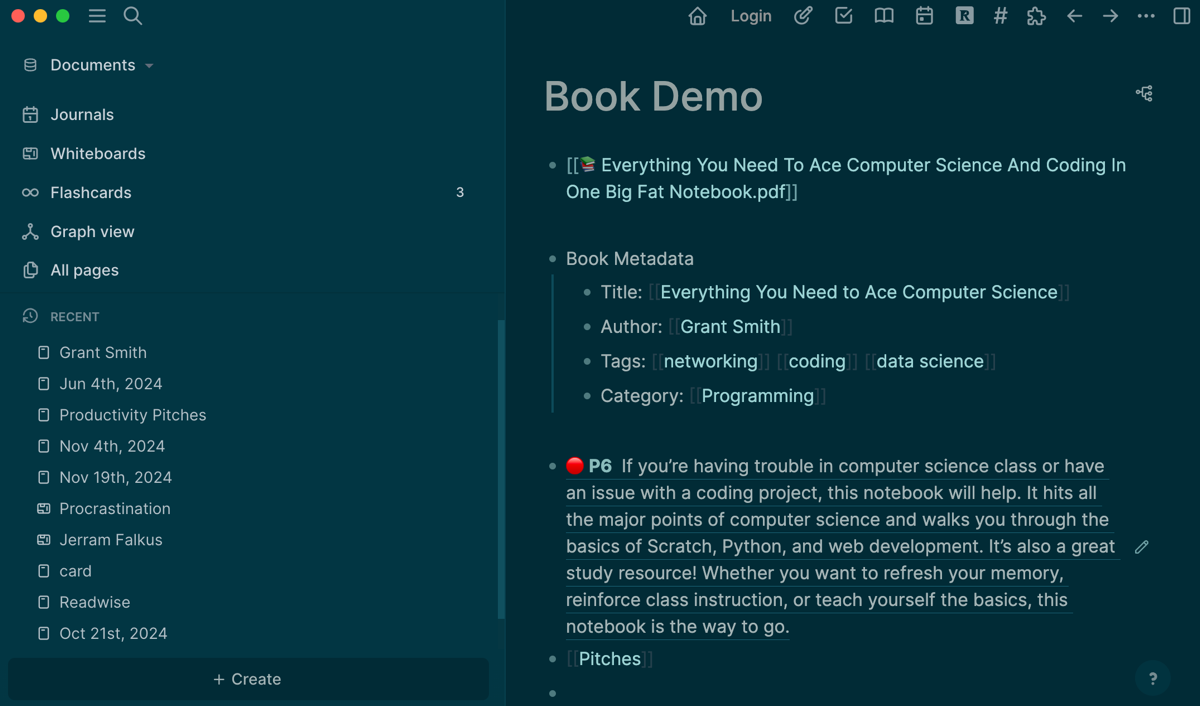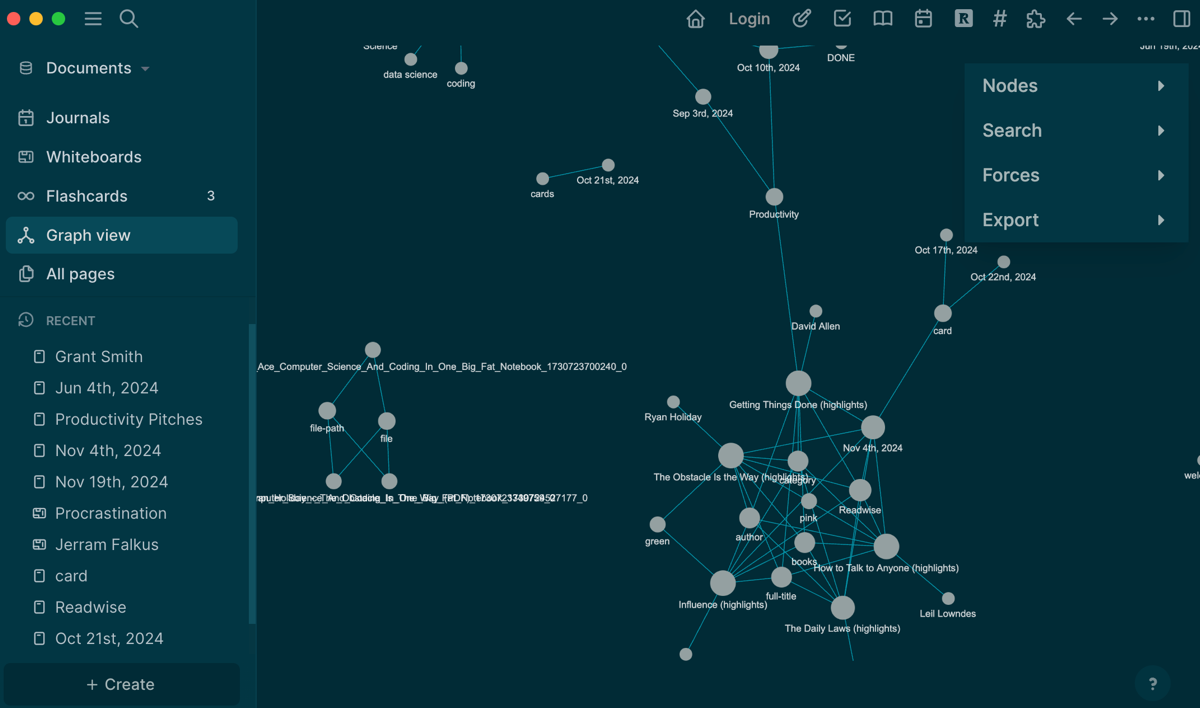Summary
- Personal Knowledge Management (PKM) boosts productivity by supplementing memory retention and turning passive knowledge into active use effectively.
- Capture, organize, and store information systematically for easy retrieval, meaningful connections, and effective application.
- Share and apply knowledge gained through PKM to improve decision-making, problem-solving, creativity, and collaboration efficiently.
How do you make sense of the flood of information you are exposed to daily as a knowledge worker or lifelong learner? The answer lies in personal knowledge management (PKM)—a system that helps you capture, organize, and use what you learn effectively.
What Is Personal Knowledge Management and Why Is It Important?
A personal knowledge management (PKM) system is a deliberate and structured approach to capturing, organizing, and using information from various sources, including personal experiences, books, articles, podcasts, social media, and more.
A personal knowledge management system helps you make this knowledge accessible and actionable, allowing you to draw meaningful connections and use what you know to create, solve problems, or make better decisions.
PKM addresses one of the brain’s key limitations: memory retention. While our brains are excellent at coming up with ideas, forming connections, and solving problems, they are not optimized for storing and retrieving information, especially in the long term—something that often becomes more apparent as we age.
This is where a PKM system becomes invaluable, boosting your productivity by building a second brain that supplements your cognitive abilities.
There’s a common saying: knowledge is power. However, knowledge alone is merely potential power. It only becomes powerful when it’s applied. A well-designed PKM system helps bridge this gap, turning passive knowledge into active use.
Most people already have some form of a knowledge management system, though it’s often unintentional, inefficient, or fragmented.
For example, before I learned about PKM, I created a private WhatsApp group—without any members—where I stored random thoughts, quotes from books, and ideas I didn’t want to forget. While it worked temporarily, it wasn’t scalable or organized, and finding specific notes later became a challenge.
A great starting point for optimizing your personal management system is understanding its core components or principles.
Knowledge Acquisition and Storage
Knowledge acquisition and storage involves capturing information from various sources and storing it in a trusted external system. Our brains are better at generating ideas than storing them, so the goal is to offload them to an external system.
Some effective methods for knowledge acquisition and storage include:
- Note-taking: You may prefer an analog method like writing in a physical notebook or using dedicated note-taking apps or personal knowledge management tools like Apple Notes, Google Keep, Obsidian, or Logseq.
- Bookmarking: Saving online articles, videos, or other resources using read-it-later tools like Pocket, Instapaper, or Readwise helps store valuable information for later use.
- Audio/Video recordings: Use voice recording tools or video conferencing apps like Zoom or Microsoft Teams to capture meetings, interviews, or lectures.
Whatever you choose, the key is to capture everything in one centralized place—or at least ensure it ends up there eventually. A scattered system, where notes are spread across multiple notebooks, apps, or pieces of paper, makes retrieval challenging and undermines the purpose of PKM.
Your capture tool should be accessible, like a pocket notebook or an app that syncs across multiple devices, because ideas often come when you least expect them, so it’s vital to have a system you can quickly turn to. At this stage, you may not worry about perfectly filing the notes or ideas, as you will have time to do so in the next phase.
Knowledge Organization and Retrieval
This step ensures that your collected knowledge is structured in a way that allows for easy retrieval, meaningful connections, and effective use. To effectively organize or process information, think about how your future self will access and make sense of it. A well-organized PKM system does two key things:
- Prioritizes Relevance: Not every piece of information is worth keeping. Organizing allows you to curate what matters and discard the rest.
- Facilitates Action: Organized knowledge is easier to understand and apply, whether that means turning meeting notes into actionable tasks, deepening your learning, or synthesizing ideas for a project.
So, you want to create a logical and cohesive structure when organizing information. This system should be tailored to your personal needs and workflow. Here are a few approaches to consider:
- Folders and Tags: Use folders or tags to group related information. For instance, you might organize notes by projects, topics, or areas of focus (e.g., Work Projects, Personal Development, or Health & Fitness). Tags add a layer of specificity, so you can easily search for notes by keyword.
- Interlinking: Use tools that make it easy to link notes or ideas (like Obsidian or Logseq). This mimics the way your brain works, creating a web of connections that helps you see relationships between different pieces of knowledge.
- Add Relevant Context: Adding context—such as the date, time, location, or source—provides a frame of reference that can help jog your memory. Additionally, try to summarize the information in your own words, as this helps you to engage with the material and ensures you’ve truly understood it.
When you organize your knowledge systematically, you create a streamlined structure that allows you to find, retrieve, and use information quickly. As you gather more knowledge and your needs evolve, your PKM structure should adapt to accommodate new workflows, priorities, and tools.
Knowledge Distribution and Application
Personal knowledge management truly comes to life when information is shared and applied. One of the most effective ways to solidify what you’ve captured and learned is by sharing it with others. This can be through teaching, collaboration with colleagues, or casual discussions.
Sharing your knowledge base allows others to benefit from your knowledge and provides the opportunity for valuable feedback and insights.
Beyond sharing, the value of a personal knowledge management system lies in its ability to inform your decisions and guide actions. You can turn insights stored in your PKM system into to-do lists or goals. For example, emails and meeting notes can become actionable tasks, while notes from a leadership book can be used to improve team dynamics.
Lastly, your personal knowledge management system can become a powerful tool for solving problems creatively by exploring connections between seemingly unrelated ideas. This allows you to uncover creative solutions that are not apparent.
A well-designed personal knowledge management system is a framework for capturing, organizing, and applying knowledge to enhance your learning, decision-making, and creativity. By integrating these principles into your routine, you can transform scattered ideas into meaningful insights and actionable results.









